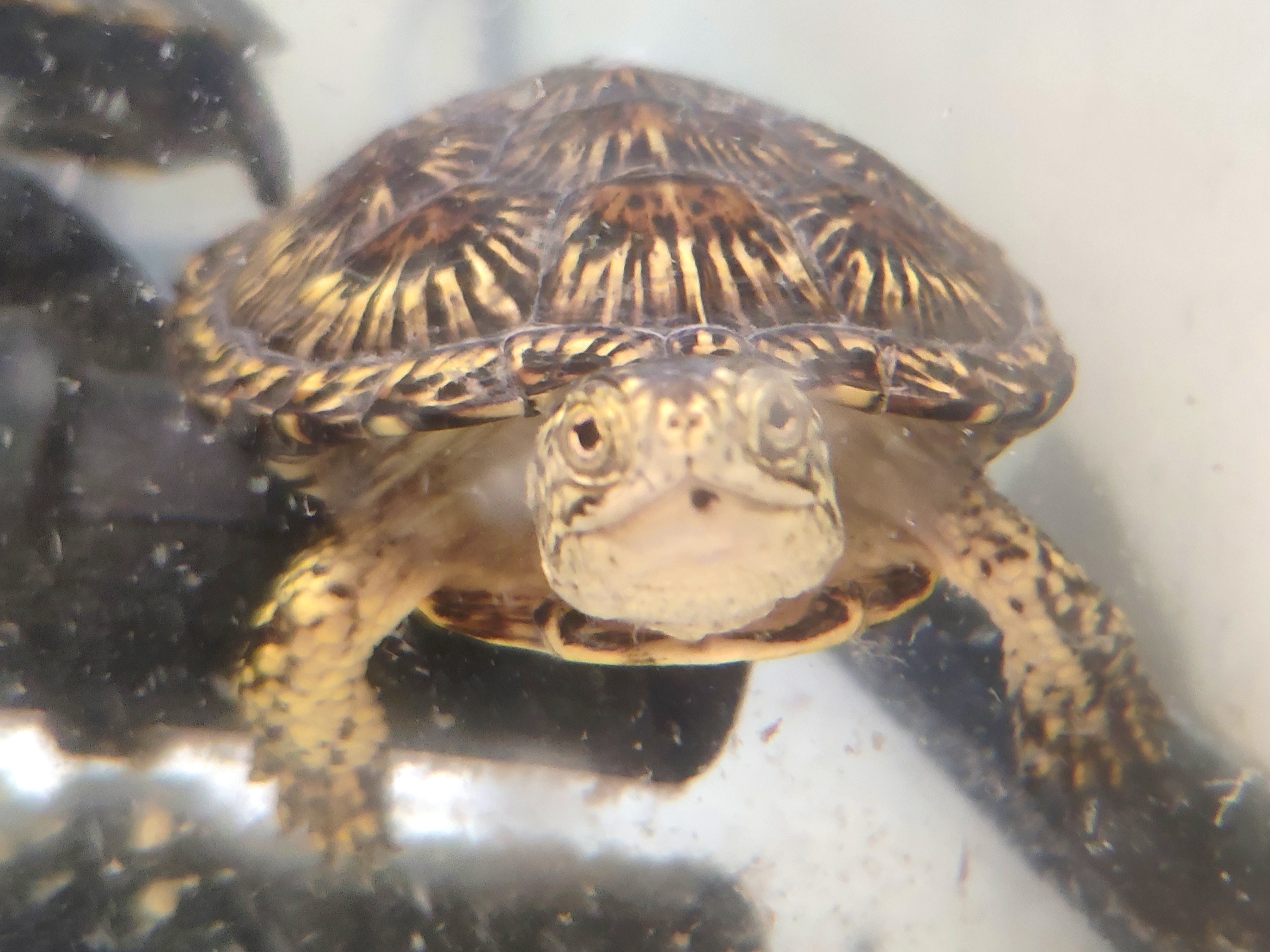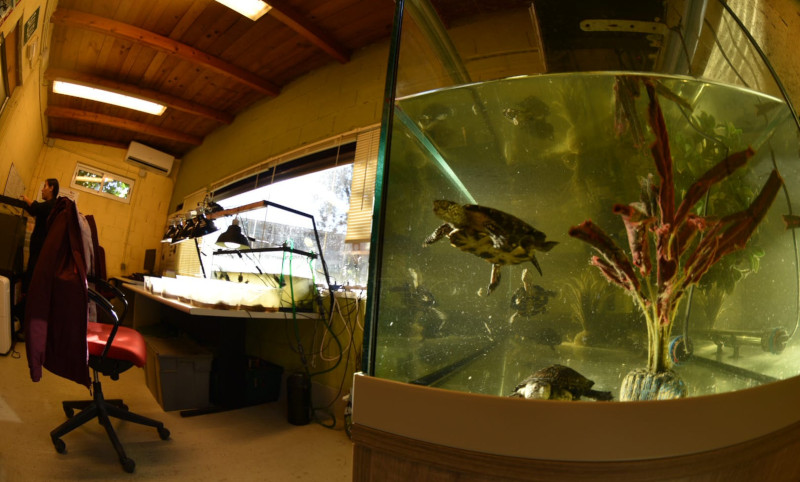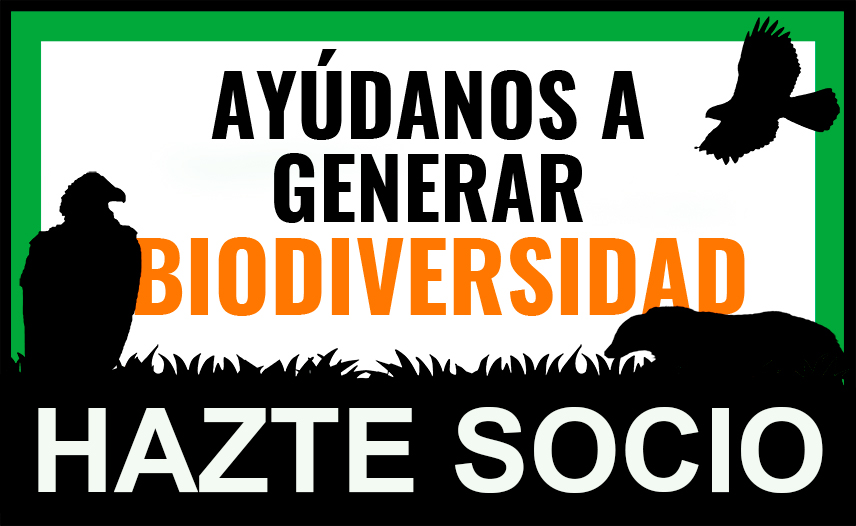
Presentamos nuestro nuevo proyecto Erasmus+ “Water bridges” (noviembre 2024 a febrero de 2026), en colaboración con la Asociación Palombar en Portugal. Este proyecto nace con el objetivo de ayudar en la conservación del galápago europeo y sus hábitats, ya que es uno de los reptiles más amenazados de toda Europa. Lo que hace necesario, además de actuaciones de conservación, una divulgación y formación sobre los problemas ambientales a los que se enfrenta y la realización de acciones que aporten soluciones.
Su estado se debe a múltiples razones como fragilidad y destrucción de sus hábitats, especies invasoras, expolio o el aislamiento geográfico. Ellos viven en masas de agua dulce, sin corrientes y con abundante cobertura vegetal. Estos ecosistemas son muy frágiles a los efectos del cambio climático y a su destrucción por actividades humanas.
Desde PALOMBAR y GREFA llevamos mucho tiempo realizando acciones biológicas a favor de esta especie, pero se necesitan recursos y un impulso para hacer visible su problemática y oportunidades. Entre estas acciones queremos construir una instalación para poder visitar con el público “el galapagario”, zona donde se realiza la cría en cautividad, además de instaurar una cámara en directo para monitorear el proceso de cría. En Palombar van a realizar un estudio de población en la zona norte, donde hay constancia que antes vivía el galápago europeo, para ver la evolución con el tiempo de dicha población. Además, entre los objetivos de este proyecto queremos promover la participación ciudadana y realizar mejoras del hábitat, como por ejemplo con la construcción de charcas.

We would like to introduce our new Erasmus+ project ‘Water Bridges’ (November 2024 to February 2026), in collaboration with the Palombar Association in Portugal. The project aims to contribute to the conservation of one of the most endangered reptiles in Europe, the European pond turtle. In addition to conservation actions, education is essential to raise awareness about the environmental problems this species faces and to carry out actions that provide solutions.
Their conservation status is due to multiple reasons, including the fragility and destruction of their habitats, invasive species, predation and geographical isolation. They live in still freshwater bodies with abundant vegetation cover, ecosystems that are very vulnerable to climate change effects and human activities.
At PALOMBAR and GREFA we have been carrying out conservation actions in favour of this species for a long time, but we need resources to make their problems and opportunities visible. Amongst these actions, we include the construction of a facility for the public to visit ‘the Galapagario’, the area where captive breeding takes place, a live camera will allow us to monitor the breeding process. Meanwhile the Palombar Association will carry out a population study in the northern area, where there is evidence that the European pond turtle used to live, to see how the population has evolved over time.
In addition, among the objectives of this project we would like to promote citizen participation and make improvements to the habitat, for example with the construction of ponds.

